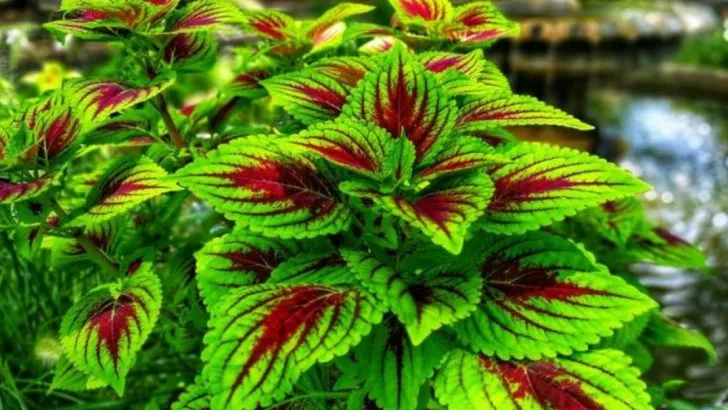Tropical vibes can absolutely happen in a chilly garden. But plant the wrong diva, and you’ll be scraping mush off your mulch after the first frost. Some lush, leafy stunners look the part… until they’re shivering themselves to death in October. They’re heartbreakers. Gorgeous, but doomed. Luckily, there are plants that fake the tropics like pros. They bring the drama—big leaves, bold color, that jungle energy—without melting at the first cold snap. No greenhouse required. No begging the weather gods. We’ve got 3 you should avoid unless you like seasonal heartbreak… and 7 cold-tolerant champions that bring the look and the stamina. This is how you keep the tropical dream alive—no passport needed.
Caladium
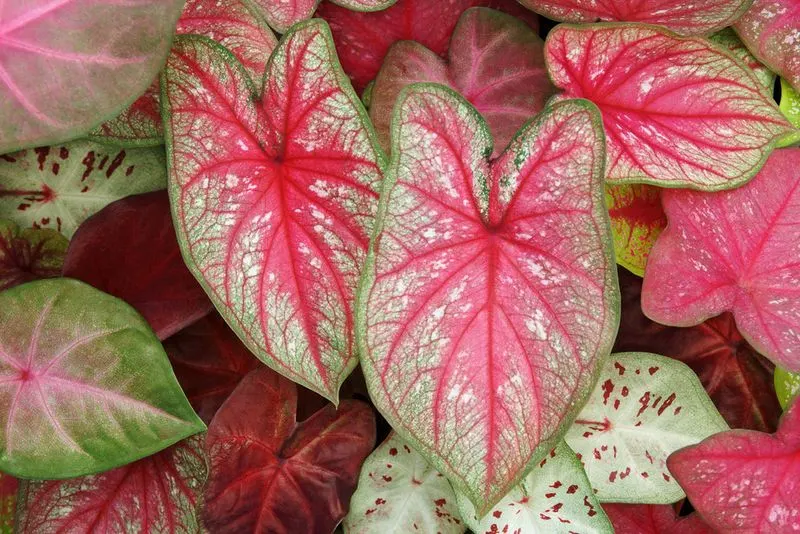
Caladiums are known for their striking foliage, with heart-shaped leaves that display a spectrum of colors from red to green. Despite their visual appeal, these plants are extremely sensitive to cold temperatures, and even a slight chill can cause their vibrant leaves to droop.
In warm climates, they thrive, transforming gardens into tropical paradises. However, when the temperature drops, they require careful protection.
Caladiums remind us of the transient nature of beauty, flourishing in the warmth but wilting when exposed to the cold. Their tropical allure is fleeting but captivating.
Begonia Rex
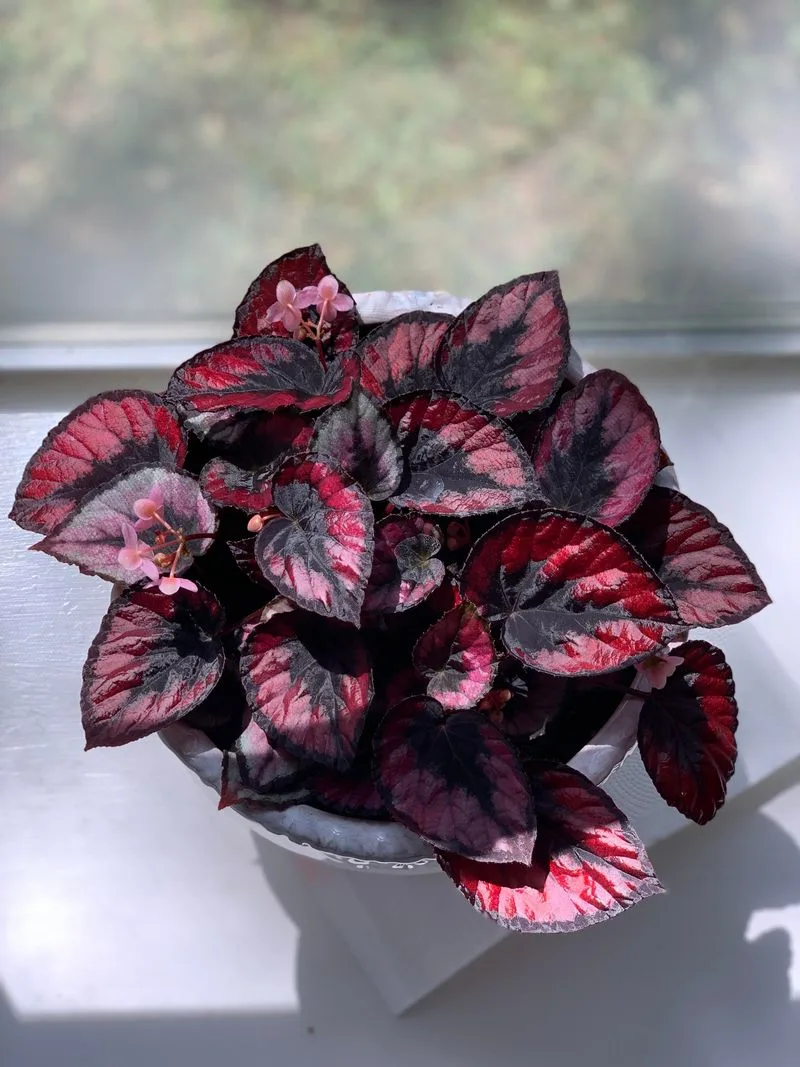
The Begonia Rex captivates with its dramatic foliage, featuring leaves adorned in rich patterns of silver, purple, and green. These stunning visuals, however, come with a caveat: Begonia Rex cannot tolerate cold.
As temperatures drop, their lush leaves quickly succumb, losing their vibrant charm. To keep them thriving, indoor warmth is essential.
Their beauty is a delicate balance, thriving in controlled environments but faltering in the face of cold. The Begonia Rex’s resilience indoors makes it a favorite for those seeking to maintain a splash of color year-round.
Coleus
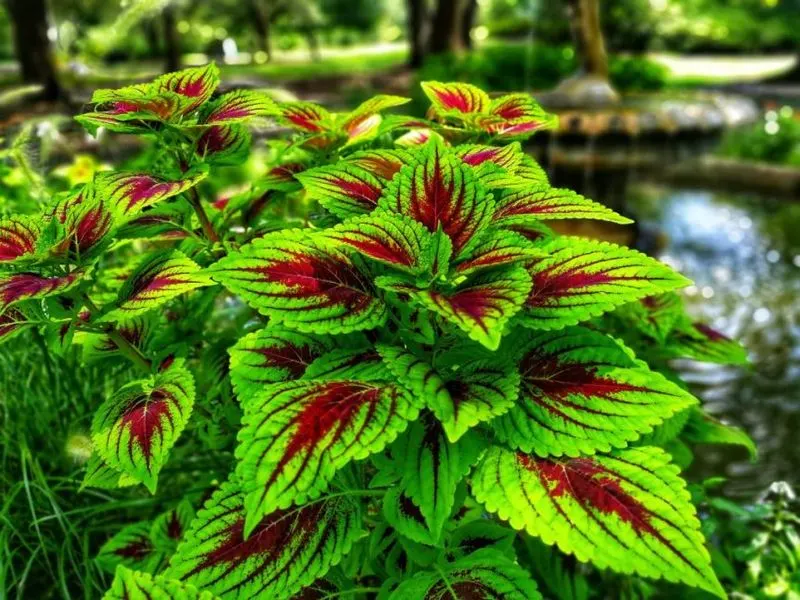
Coleus, with its kaleidoscope of colors, adds vibrancy to any garden. Its leaves, ranging from red to yellow, create a lively mosaic. Yet, this beauty is not built to withstand cold.
When temperatures drop, its vibrancy fades, much like a sunset giving way to night. In warm climates, however, Coleus flourishes, painting gardens with its vivid palette.
The plant’s sensitivity to cold reminds us of its tropical origin, needing warmth to truly thrive. While fleeting in cold, its charm shines brightly in warm, sunlit environments.
ZZ Plant
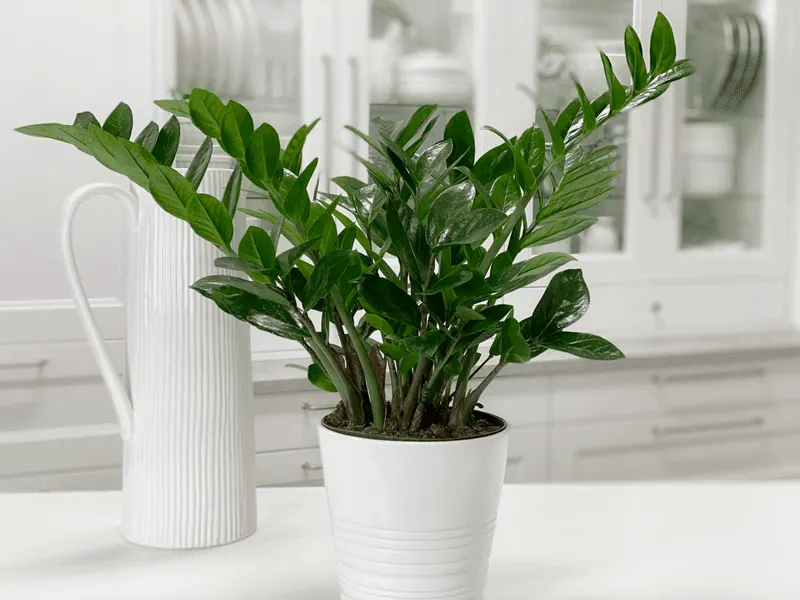
The ZZ Plant is a master of disguise, exuding a tropical vibe with its thick, waxy leaves. This plant thrives on neglect, enduring low light and rare watering, making it ideal for those who lack a green thumb.
However, its true strength lies in its ability to mimic tropical lushness indoors, defying cold weather challenges. The ZZ Plant embodies resilience, a testament to nature’s adaptability.
Its robust nature and low
Orchid Cactus
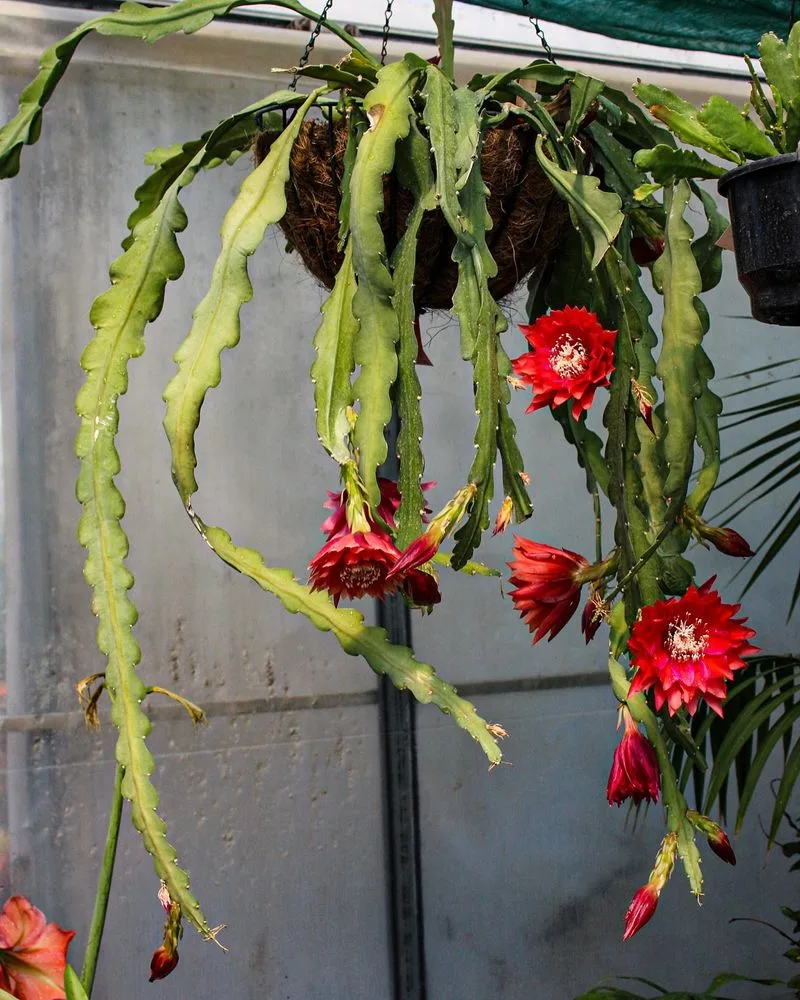
Orchid Cacti, with their stunning blooms, embody tropical beauty but are notably susceptible to cold. These epiphytes thrive in warm, humid environments, much like their native rainforest habitats. A sudden frost can harm their vibrant, waxy flowers.
To maintain their elegance, mimic a warm, moist atmosphere, ideally indoors or a greenhouse. Due to their unique structure, they can cascade charmingly from hanging pots, making them perfect for adding a vertical element to your green space.
Fun Fact: Despite their exotic appearance, these cacti are nocturnal bloomers, offering a nighttime spectacle.
Tropical Hibiscus

Tropical Hibiscus, known for its large, vibrant blooms, struggles in colder weather. These plants crave warmth and sunlight, essential for their radiant displays. When temperatures dip, hibiscus plants may drop leaves or cease flowering, demanding vigilant care.
Ensure they are placed in a sunlit area, protected from sudden chills. Their blooms, resembling exotic trumpets, herald summer’s spirit even in cooler climates.
Did you know? Hibiscus flowers are edible and are often used to make refreshing teas and jams, adding a tropical twist to culinary creations.
Mandevilla
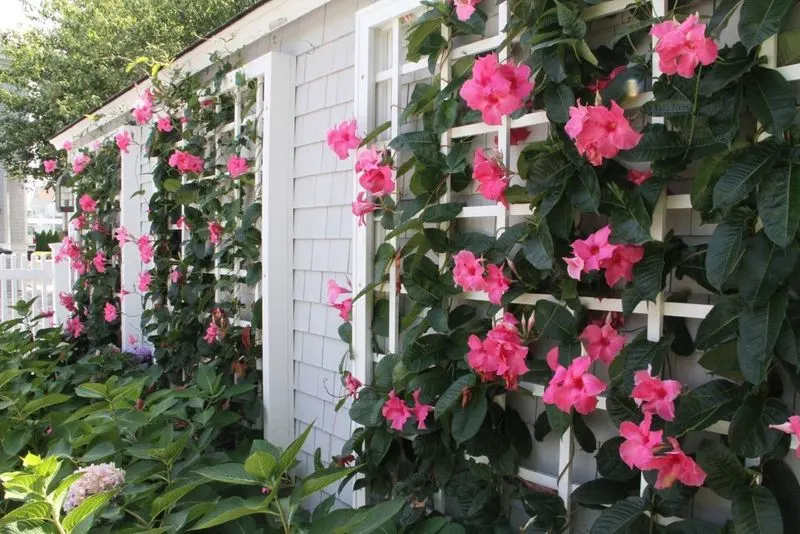
Mandevilla, with its lush vines and stunning flowers, portrays tropical elegance. However, this beauty is fleeting in cold climates. These vines flourish in warmth, with their bright flowers drawing attention during the warmer months.
Cold snaps can lead to stress and leaf drop, urging gardeners to provide shelter or indoor placement during winter. Their twining nature allows for creative displays, climbing trellises or cascading over pots.
Intriguingly, Mandevilla is often used in decorative arrangements, enhancing outdoor spaces with its bold colors.
Hardy Banana (Musa Basjoo)
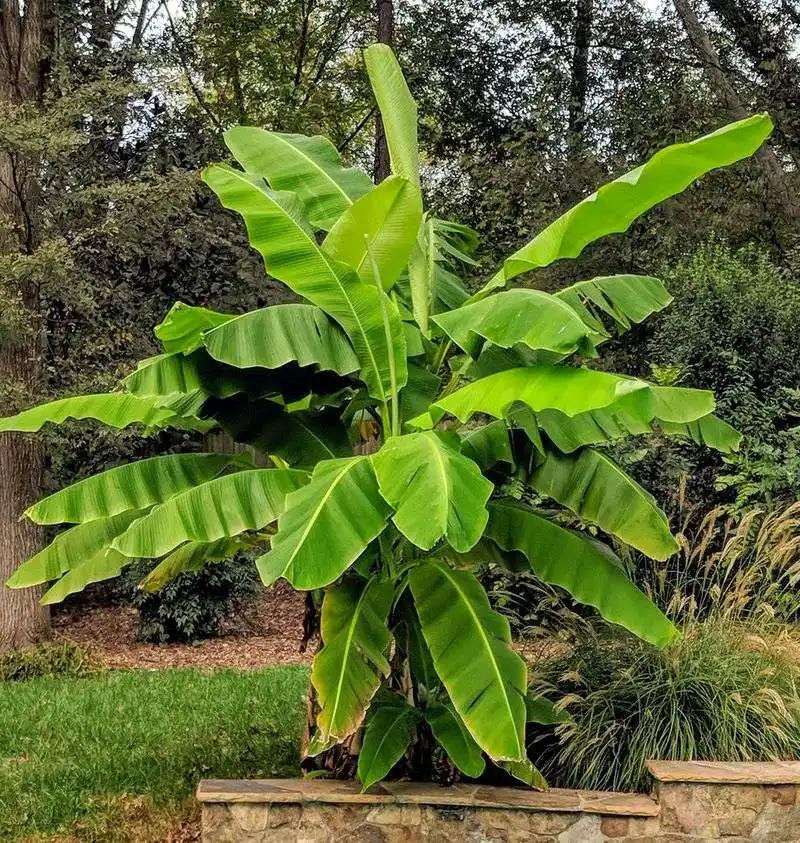
Hardy Banana plants are a gardener’s secret to achieving a tropical look in cooler climates. These plants, with their large, lush leaves, can withstand moderate frosts and still thrive.
Their trick? Hardy Bananas focus energy on root survival, allowing foliage to regrow when conditions improve. This remarkable resilience makes them a favorite for temperate regions wishing for a slice of the tropics.
Interestingly, though they produce fruit, it’s not the edible kind, making them purely ornamental yet incredibly impactful in garden design.
Elephant Ear (Colocasia)
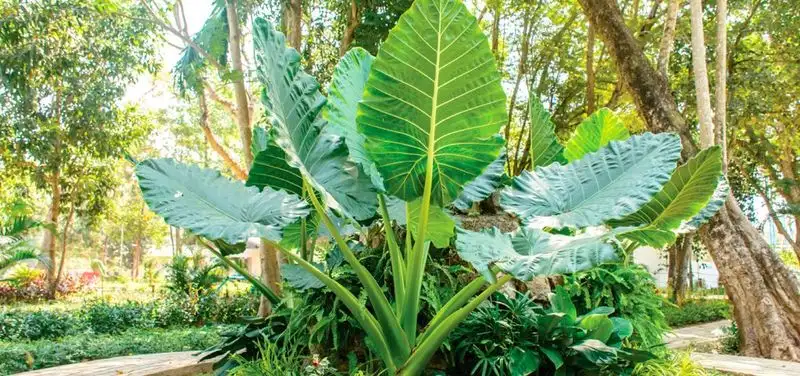
Elephant Ear plants, with leaves reminiscent of lush rainforests, bring an exotic charm to any garden. These giants prefer warm, moist environments but can manage cooler climates with proper care.
The key is maintaining soil moisture and partial sun exposure. Their enormous leaves create dramatic visual impact, ideal for tropical-themed gardens seeking grand foliage.
Fun Fact: The name “Elephant Ear” comes from the shape and size of the leaves, which can grow impressively large, creating a natural canopy effect.
Bird of Paradise
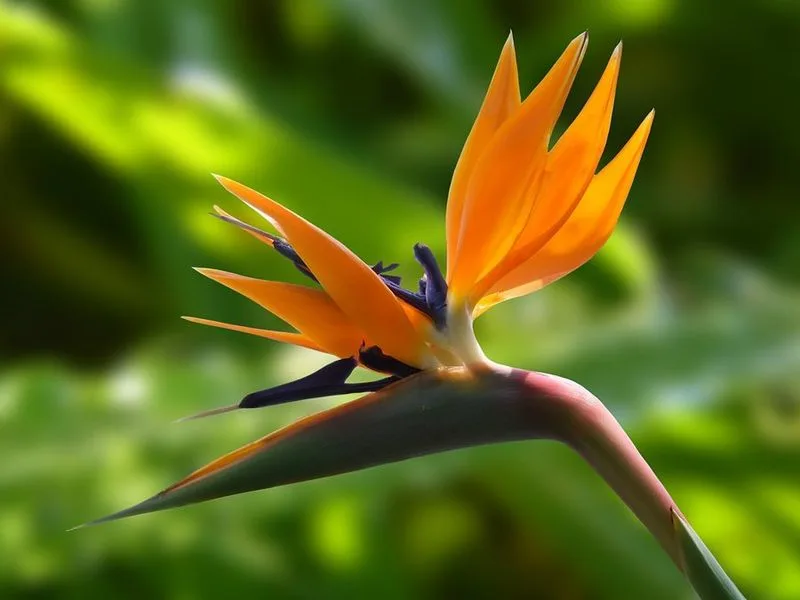
Bird of Paradise plants captivate with their unique, vibrant flowers that resemble a bird in flight. While they thrive in warm climates, they can simulate a tropical paradise indoors or on patios in cooler regions.
These plants demand bright, indirect light and consistent warmth to maintain their striking appearance. Their sculptural flowers add a touch of drama and exotic flair to any space.
Did you know? Native to South Africa, the Bird of Paradise symbolizes freedom and joy, perfectly capturing the essence of the tropics.

